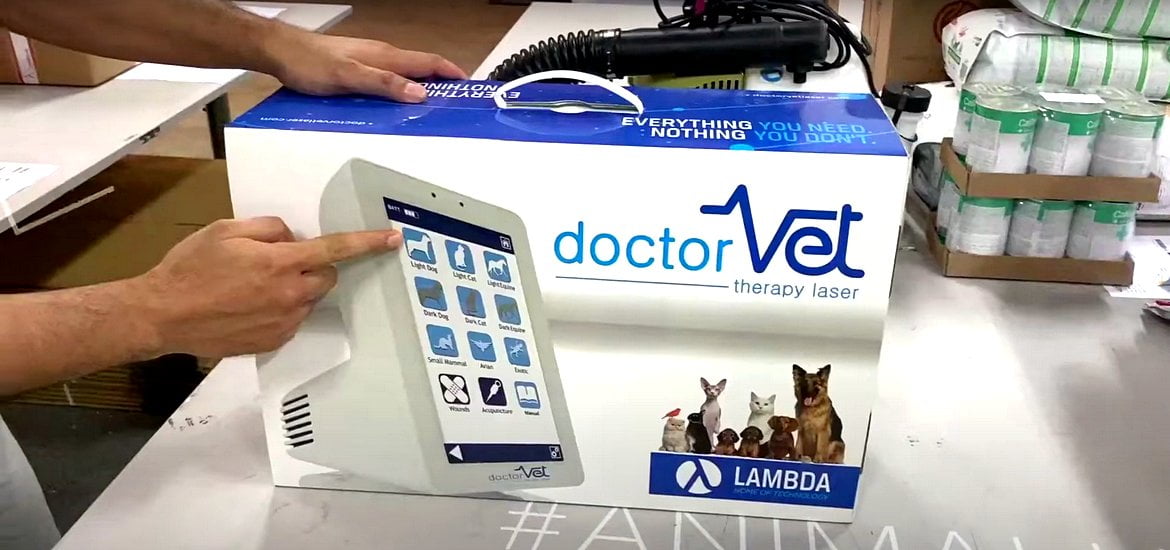Jun 1, 2021, 7:28 PM

Laser technology is widely been used for treating animals and pets at various veterinary facilities. It involves strong therapeutic effects that can aid in treating various illnesses. Laser treatments consist release of radiations that enters the body tissues and cause photochemical or photothermal reactions for quick healing through therapy. Low-level laser therapy is involved in rehabilitative purposes, regenerating muscles, joints healing and rapid pain relief. Whereas laser-based veterinary surgery equipment in Dubai may involve powerful lasers that destruct the tissue using thermal rays.
Basic Function of Lasers
Laser light includes the release of photons as a result of electrons been converted into the ground state from an excited state. These laser beams may be found in different forms that carry distinctive properties. Monochromatic laser light refers to laser beams emitted out of one unit with a single wavelength. This light is easily distinguishable from other natural light characterized by varied wavelengths. These lasers can be applied to specific tissues for targeted treatments. Monochromatic lasers in various wavelengths are used for various treatments. While the coherence and collimated lasers can penetrate into the body and treat ailments in specific areas without causing any damage to the other skin surface.
How Are They Effective?
Every biological molecule contains chromophores such as water, haemoglobin, melanin, and more, which determines its colour. Laser beams hit these chromophores, excites the cells that accelerate cellular reactions. Alterations to cellular activities will enable quick healing or engage supportive elements for the curing process.
Uses of Laser Therapy
Majorly used in the quick healing of various human diseases, laser therapies are popularizing veterinarians worldwide. Laser therapies for pets offered by brands such as DoctorVet Laser available with trusted veterinary supplier in Dubai are mainly used for wound healing and pain relief purposes. The photons in the laser light can promote the production of neurotransmitter compounds that act upon the painful areas in the patient’s body. Through improved cellular metabolism, it enhances cell growth and speeds up the tissue regeneration process. The strength and impact of the treatment might vary depending upon the level of disease, the wavelength of the laser, application method, dosage, body surface and treatment duration.

Important Points to Offer Safe Laser Therapy
- The laser should be held at 900 angles to the patient’s skin to avoid reflection of the laser beams. Reflected photons of the laser will result in ineffectiveness and also lead to tissue damage.
- Laser beams within the range of 600–1200 nm wavelength should be used to prevent scattering of the laser beams inside the patient’s body. The scattering of laser beams will reduce the overall photon energy.
- Using laser machines with larger spot areas will cause the photons to pass in homogenous paths without scattering and be highly therapeutic.
How Are Lasers Applied?
The application of lasers can be in direct contact or non-contact format. In the direct contact method, the laser probe touches the animal’s skin to penetrate the photons into its body directly. Hold the probe perpendicular to the patient’s skin to avoid reflection of the lasers. In case of wounds over its body surface, the laser must not come in contact with the animal’s skin. Here’s a step-by-step guide to applying laser therapy.
- Initially, the patient’s hair should be tied and clipped up to prevent absorption of the laser light into the companion’s fur.
- Determine the overall area that needs treatment.
- Decide the dosage required. Note that treatment of darker skin requires 25% more dosage.
- Based on your laser machine power and the area to be treated, calculate the treatment duration.
- Self-protection using protective goggles and other gears is essential before starting the treatment.
- Carefully hold the laser at the perpendicular angle to the treatment area.
- Slowly apply the laser and move around the complete area to be treated using an overlapping grid method.
